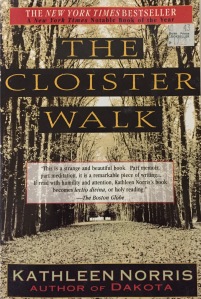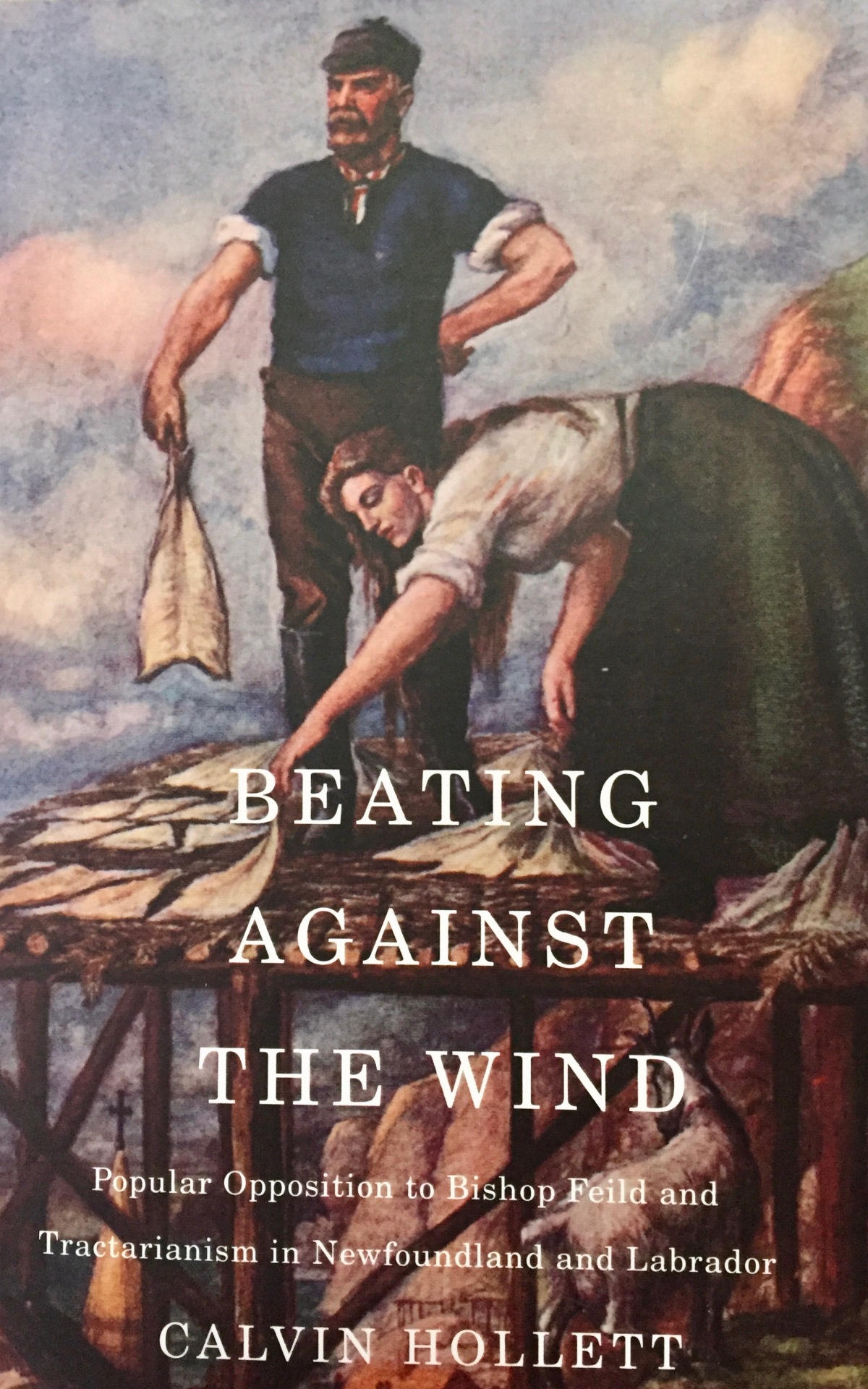 My Dad was a prolific reader of science fiction. At one time he had a large collection of back issues of Astounding, Amazing, as well as odd issues of less well known pulp science fiction from the 1920s through to the 1950s, but mostly from the 20s and 30s. Some he had bought new as a boy in the 1920s and 30s, some he purchased new and used as an adult in a bookstore in Rochester, New York (where he was courting my mother). He had a box constructed to hold his treasure trove, which moved with him from Montréal to Toronto to Windsor. In Windsor, my parents rented for three years, then at last bought a new house about a half mile or so from the rented place. That first year, we discovered that the lot was not properly drained or levelled and in the first big rain storm of 1962, the basement flooded – about three feet of water. Well, pulp is pulp and his precious collection became pulp indeed. Only a few issues he had upstairs survived, including two or three copies of the above, containing his own fiction. Years later after both my parents had died, and we went to clear the house for sale, the issues had vanished. More years passed, and I didn’t think a lot about them. One day I was browsing around on Ottawa Street in Hamilton, Ontario when I came across a used bookshop. I could not just pass by and stepped inside. They had a large selection of pulp fiction. Prominently displayed, in plastic, was an issue I knew my Dad had owned in pre-pulpification days. I don’t know what my Dad had paid back in the 1930s, but this copy had a price tag of $600 on it. This lead me to think about my Dad’s story in Astounding. I searched for copies on the net and found this, which I keep on the top floor, away from floods, I hope! No floods please! (and it wasn’t $600)
My Dad was a prolific reader of science fiction. At one time he had a large collection of back issues of Astounding, Amazing, as well as odd issues of less well known pulp science fiction from the 1920s through to the 1950s, but mostly from the 20s and 30s. Some he had bought new as a boy in the 1920s and 30s, some he purchased new and used as an adult in a bookstore in Rochester, New York (where he was courting my mother). He had a box constructed to hold his treasure trove, which moved with him from Montréal to Toronto to Windsor. In Windsor, my parents rented for three years, then at last bought a new house about a half mile or so from the rented place. That first year, we discovered that the lot was not properly drained or levelled and in the first big rain storm of 1962, the basement flooded – about three feet of water. Well, pulp is pulp and his precious collection became pulp indeed. Only a few issues he had upstairs survived, including two or three copies of the above, containing his own fiction. Years later after both my parents had died, and we went to clear the house for sale, the issues had vanished. More years passed, and I didn’t think a lot about them. One day I was browsing around on Ottawa Street in Hamilton, Ontario when I came across a used bookshop. I could not just pass by and stepped inside. They had a large selection of pulp fiction. Prominently displayed, in plastic, was an issue I knew my Dad had owned in pre-pulpification days. I don’t know what my Dad had paid back in the 1930s, but this copy had a price tag of $600 on it. This lead me to think about my Dad’s story in Astounding. I searched for copies on the net and found this, which I keep on the top floor, away from floods, I hope! No floods please! (and it wasn’t $600)
Science fiction in those days was indeed fiction about science. But Astounding also included articles on science itself, the state of the ‘art’ so to speak, as well as intelligent guesses about where developments might lead. Other features included book reviews, and a letters to the editor section – where the longest serving editor, John W. Campbell would answer personally. Campbell is remembered for introducing the reading world to authors who became great names: Isaac Asimov, Robert Heinlein, Lester del Rey, even L. Ron Hubbard (later of Scientology fame). The cover story in this is by Isaac Asimov and illustrated also by Kelly Freas who did work for my father’s story too. I recall my Dad had full scale copies of those, given him by the illustrator, also lost in the flood. What interests me here though, is the cover illustration. This is early 1954 and no doubt the illustration was done in 1953. Behind the man pictured are coloured lights that suggest a computer. This surprised me until I did a quick Google search on the history of computers and found that science fiction would have been well aware of this new technology in 1953/54. The first computer came in 1937 and the first really usable computer, ENIAC dates to 1946. Desktop machines appeared first in a $20,000 version sold only by Nieman-Marcus. The 1970s was the era when they came down from the stratosphere in price.
Oddly, computers didn’t figure much in the science fiction I remember. You see, I read through all my Dad’s pulp magazines. The oldest was, if I recall rightly, from 1923, an issue of Amazing Stories. I am resisting the urge to google this, but I believe that was the first year of publication. Astounding began much later, in 1930.
Ok, here goes Prof. Google as I check my facts: Nope, I’m wrong! Amazing began in 1926 and is still published today. Wikipedia gives a very detailed history of its various owners and editors. I recall my Dad subscribed to it in the 1960s, where I learned the joy of reading a novel in serial form. Keith Laumer’s A Trace of Memory. Finishing each of the first two installments caused a delicious agony as I waited for the next issue to arrive in the mail.
Astounding began in 1930 and changed its name to Analog in 1960, and it is still being published. John W. Campbell, who began as a sci-fi writer himself, took over as editor in 1938 and continued until his death in 1971. He was the editor who accepted my Dad’s story.
That was the only story my Dad had published. He told me once that he received $500 for it – quite a bit of money in 1954, which he used to pay for the medical expenses of my younger sister Sarah’s birth. That was the year my family moved to Toronto from Montréal, so I can date the writing and publication to Montréal as that is where my sister was born.
A trip down memory lane, indeed but one where the historian in my present iteration as a human kicked into gear also. 35 cents for an issue! It is filled with ads too: for the Science-Fiction Book Club, “Enjoy Fame and Fortune as a WRITER”, Millions Speak another LANGUAGE so can you with LINGUAPHONE, WHY CAN’T YOU WRITE? It’s much simpler than you think!
Well.
Enough.
 These are my two favourite books
These are my two favourite books (Pretend you can’t see the other books in the second image, said the man behind the curtain)
(Pretend you can’t see the other books in the second image, said the man behind the curtain) This time I am posting a book I have not read as yet. I received it in the mail today. I was asked to write a review for a scholarly journal, and as an historian who specializes in that very narrow field ‘Anglican history’, I agreed. Writing reviews is often something done by junior scholars fighting to be noticed. This is not the case for me as long ago I became resigned to the world of the part time university lecturer, with an income slightly less than that of a city bus driver. I accepted it because I have a genuine interest in the history of religion and in Anglican history in particular.
This time I am posting a book I have not read as yet. I received it in the mail today. I was asked to write a review for a scholarly journal, and as an historian who specializes in that very narrow field ‘Anglican history’, I agreed. Writing reviews is often something done by junior scholars fighting to be noticed. This is not the case for me as long ago I became resigned to the world of the part time university lecturer, with an income slightly less than that of a city bus driver. I accepted it because I have a genuine interest in the history of religion and in Anglican history in particular.